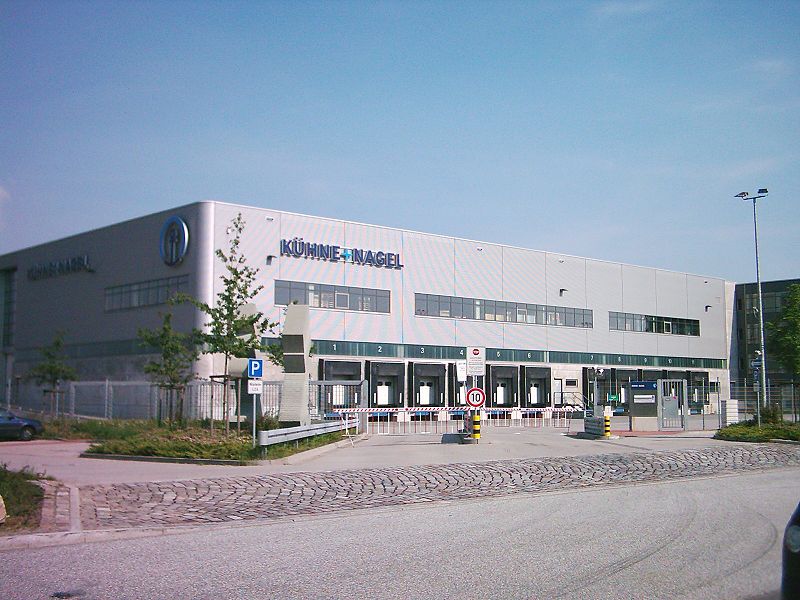- Tenacity. No, I did not put it there because I have been looking for an opportunity to use that word for as long as I can remember (although that is true): a lot of what we do in logistics needs long-term, relentless attention – you will need to follow through what you start in the long term.
- Patience. Hardly anything will happen as quickly as you might want to. The flip side of the tenacity is that you will need the patience to wait things out – which sometimes can take quite a while.
- Numeracy and maths skills. A lot of what we do requires a feel for numbers and some basic mathematical skills. You don’t have to be an operations research whizz (although a basic understanding might help), but you have no business working as a logistician if you don’t understand the sawtooth graph and its mathematical underpinnings, how it affects what we do, and how our decisions affect it in turn.
- A flair for administration and communication. Information management is immensely important for what we do. Without a certain facility with the underlying paperwork and with communicating the information, you will be less effective than you could be.
- Time management. As logisticians, we will always need to juggle several balls: it is rare that we can concentrate on one issue. If you don’t manage your time well, you are sure to drop one or more of those balls.
- The ability to delegate. You cannot do everything yourself. If you don’t know how to delegate (without abrogating your responsibilities), you will probably do more harm than good.
- The ability to ‘switch off’. People who cannot stop mulling over the daily problems and challenges when they go to bed are prime candidates for a burn-out. This is true for most aid professions, but especially for logisticians because logistics is usually a 24/7 process. I put in long hours, but most people I work with have learnt to respect that I prefer not to discuss work when I’m off.
- Language skills. You will hardly ever work in a country where everyone (or even a sizable majority) will speak your native language. Speaking more than one language helps, but what is even more important is a facility to quickly pick up the rudiments of a new language. Click here for more skills
Continue Reading 5 comments }Aid and aid work, Featured, Logistics


 If you have followed this blog, you will know that I am very much in favour of more academic input into our logistics efforts. As you can imagine, I was tickled pink when I saw the ads for a new book about humanitarian logistics, written by respected
If you have followed this blog, you will know that I am very much in favour of more academic input into our logistics efforts. As you can imagine, I was tickled pink when I saw the ads for a new book about humanitarian logistics, written by respected 